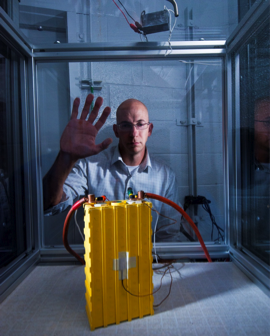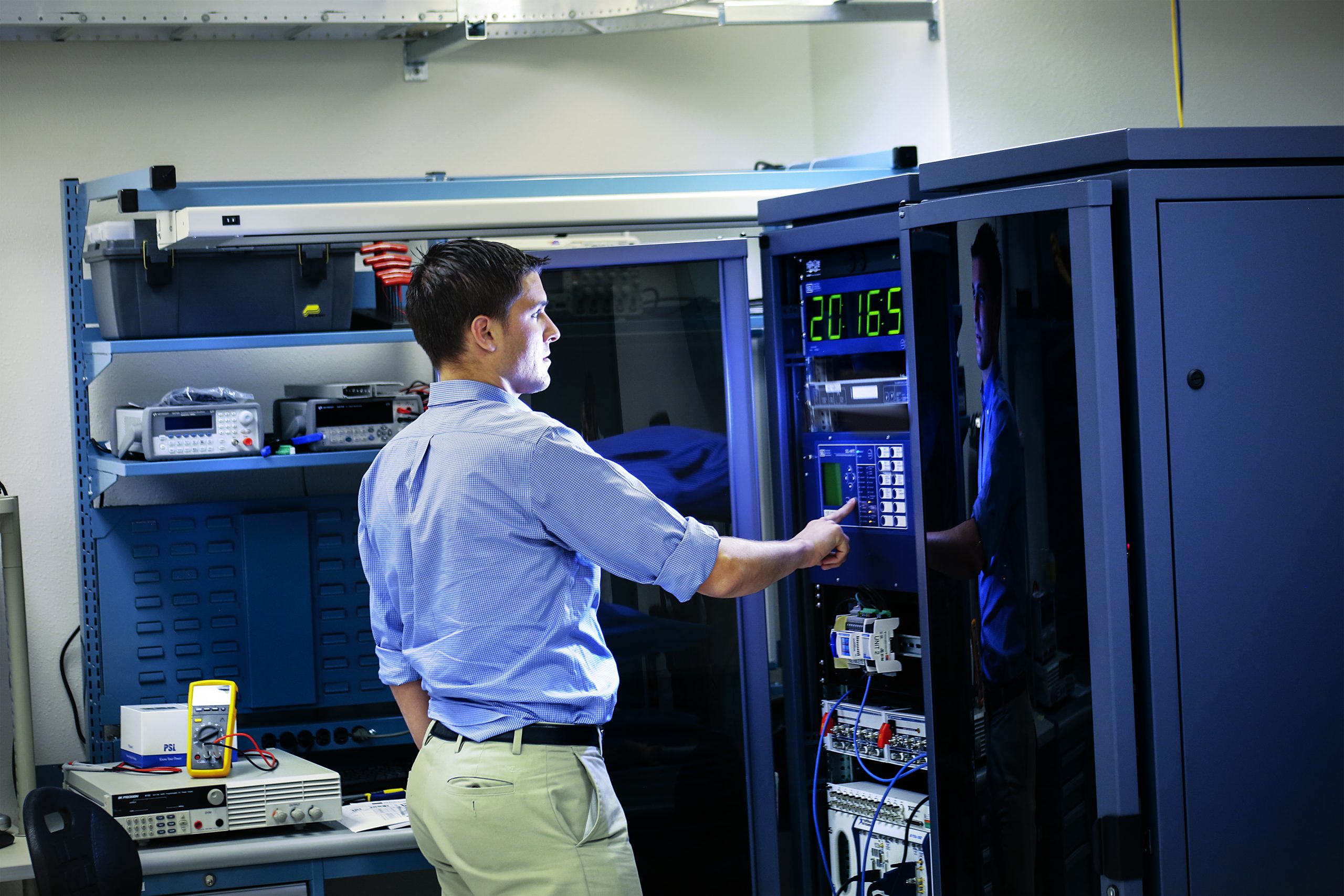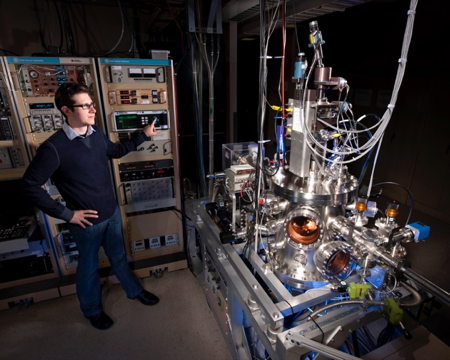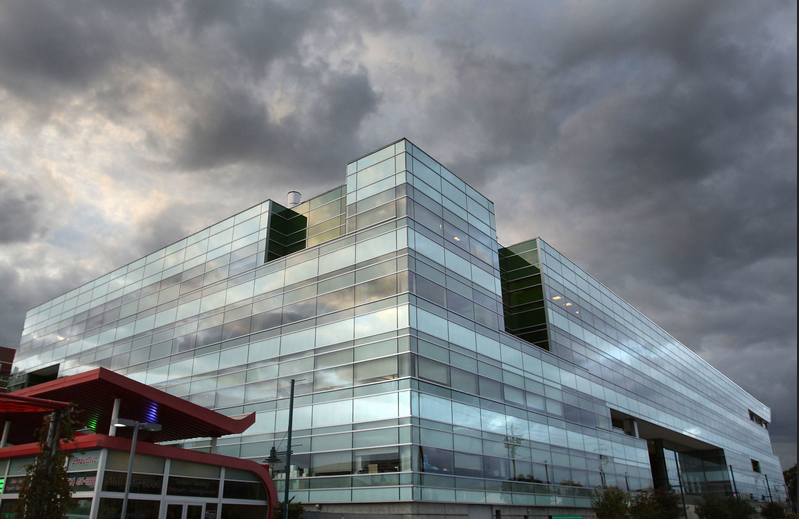Facility • The Battery Abuse Testing Laboratory (BATLab) at Sandia is an internationally recognized leader in energy storage system safety research. The BATLab is committed to serving the energy storage community and the national interest with cutting-edge research programs, the highest quality testing results, and leadership in battery safety and reliability. For more than...





